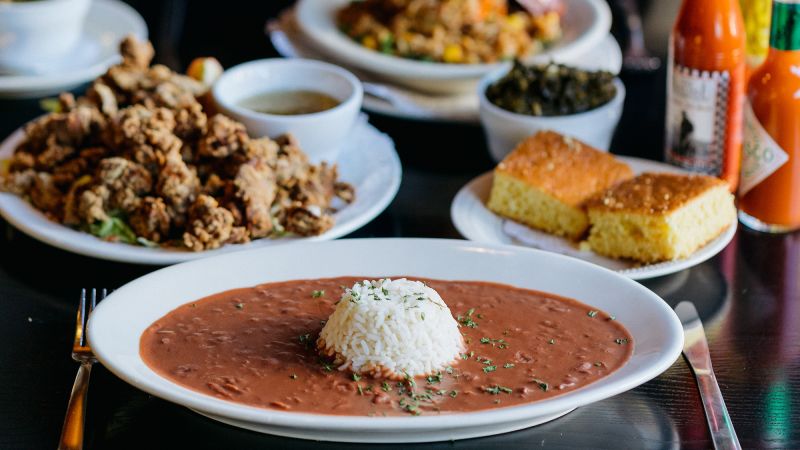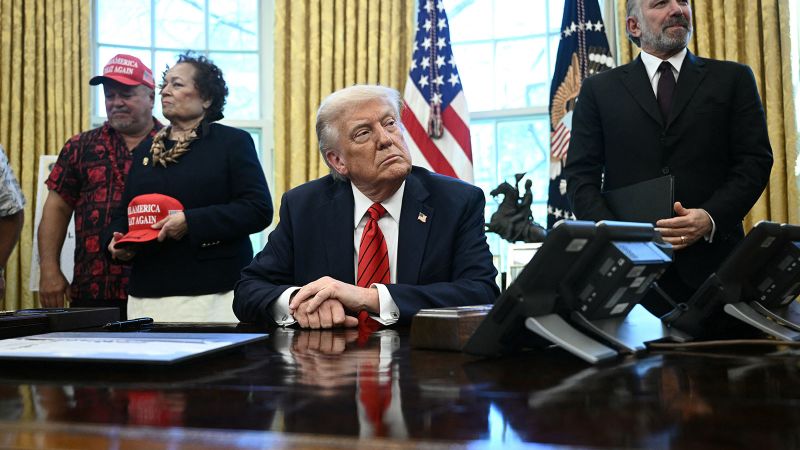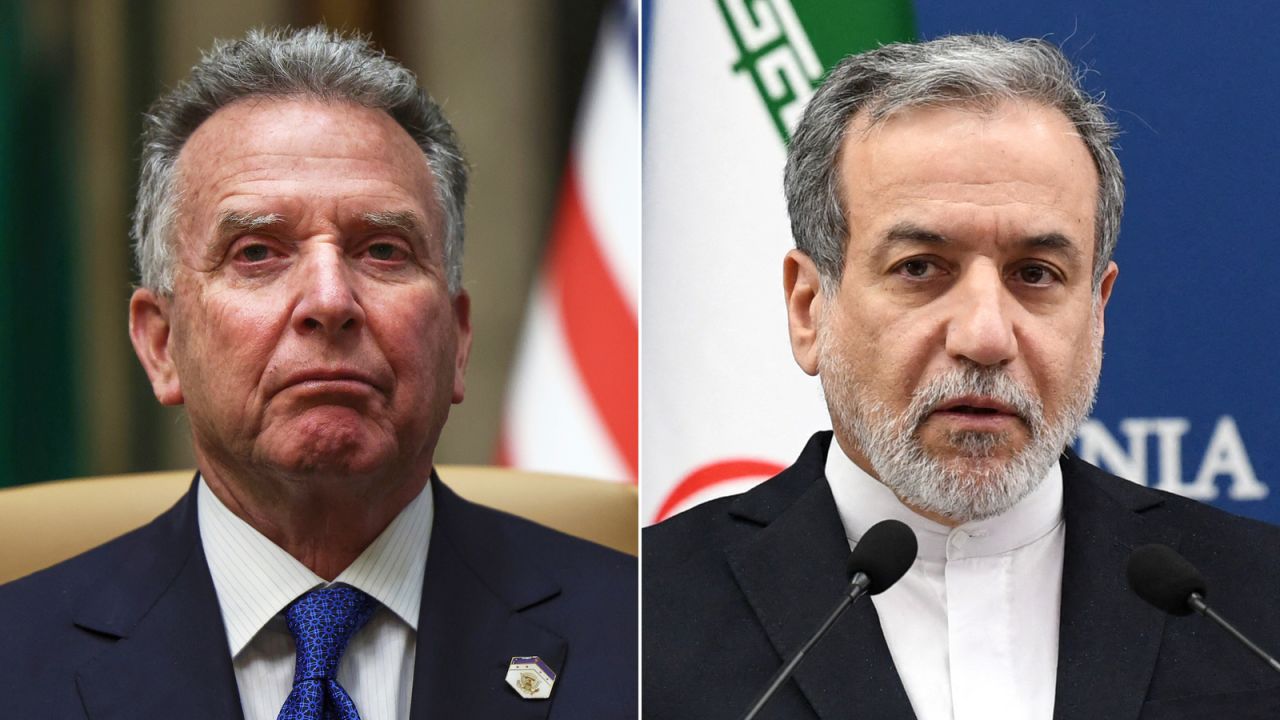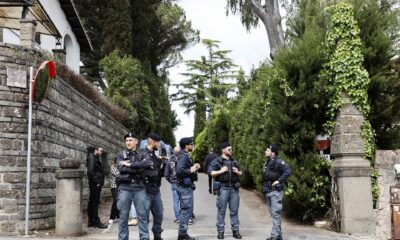Editor’s note: Sign up for Unlocking the World, CNN Travel’s weekly newsletter. Get news about destinations, plus the latest in aviation, food and drink, and where to stay.
CNN
—
In travel news this week: Why Nigerians say their Guinness is even better than Ireland’s, a Texan woman who moved to France in her 70s and is loving every minute, plus Time Out reveals the best foodie destinations for 2025.
A golden rule of travel should be “leave room in your suitcase — but also your belly.”
Feasting on local delights is the glorious reward that follows a few hours’ sightseeing in a new locale.
To aid your next culinary adventure, publishing giant Time Out has just released its list of the best cities in which to eat.
New Orleans came out on top in its global survey of more than 18,500 people, thanks to its culinary blend of French, Spanish, Vietnamese and African influences. These are deliciously manifested in treats such as gumbo, jambalaya and beignets.
The No. 2 spot went to Bangkok, Thailand, with its glorious food scene covering everything from Michelin-starred fine dining such as the acclaimed restaurant Gaggan Anand to a multitude of markets with $3 street-food stars.
At No. 3, Medellín, Colombia, impressed Time Out’s readers with its affordability and cheap coffee. In South Africa’s Cape Town, at No. 4, locals love the coastal city’s diverse food offerings, particularly the seafood.
Madrid’s flourishing food scene (at No. 5) is both “diverse” and “experimental,” say locals, and in recent years Mexico City (No. 6) has become a top destination for international foodies in the know.
Jollof rice and smoky suya fuel locals in the vibrant Nigerian city of Lagos (at No. 7). In Shanghai, China, at No. 8, thousands of years of food history have been perfected in today’s adventurous culinary scene.
France is the birthplace of haute cuisine so it’s only fitting that the French capital is in the top 10 at No. 9.
The leaderboard is filled out by Jakarta at No. 10. CNN readers once voted rendang the most delicious food in the world, but it’s just one of the many lip-smacking dishes Indonesia has to offer.
These are the rest of the cities in the top 20: Marrakech, Morocco (No. 11). Lima, Peru (No. 12). Riyadh, Saudi Arabia (No. 13). Mumbai, India (No. 14). Abu Dhabi, UAE (No. 15). Cairo (No. 16). Porto, Portugal (No. 17). Montreal (No. 18). Naples, Italy (No. 19). San José, Costa Rica (No. 20).
No Irish city made it into Time Out’s top 20, but the country’s food and drink scene still has plenty to offer. As the world turns green this weekend ahead of St. Patrick’s Day on Monday, here are 26 Irish foods you should try, from spice bags to barmbrack.
Ireland’s most famous export is of course Guinness, but the creamy stout has been having such a surge of popularity in recent times that British pubs were hit by a supply crisis.
Several countries outside of Ireland brew their own Guinness and the first to be established was the Lagos brewery in 1963. Here’s what makes Nigeria’s extra-strong, extra-malty version a unique local hero.
For a beverage the Irish love far more than stout, look no further than a nice cup of tea. Barry’s is generally regarded as the cuppa of choice, but Lyons and Punjana are more than acceptable.
What’s non-negotiable is that it must be made using a kettle, never — heaven forfend — a microwave. Our partners at CNN Underscored, a products review and recommendations guide owned by CNN, have this guide to the best electric kettles of 2025.

Retired American woman moved to France and is never looking back























